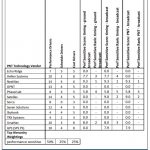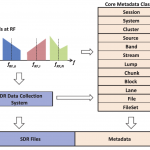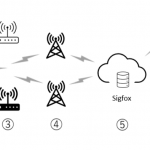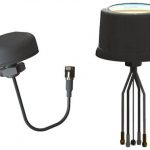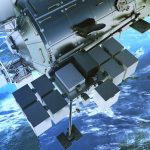State of Play: Resilience Is Not Just About Parts
The Department of Transportation Report on complementary and backup PNT technologies has good information but paints far from a complete picture. Several candidate technologies were not demonstrated, and market factors that will form an important consideration are not discussed.

